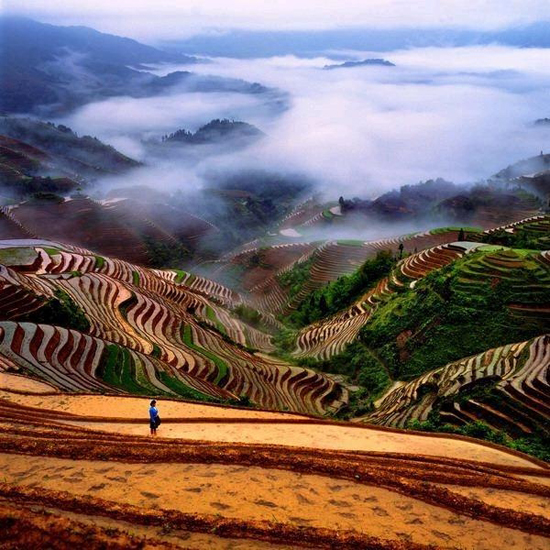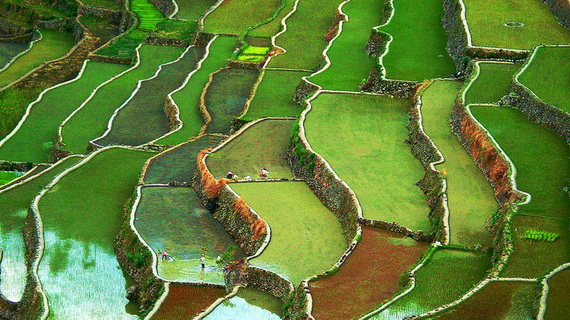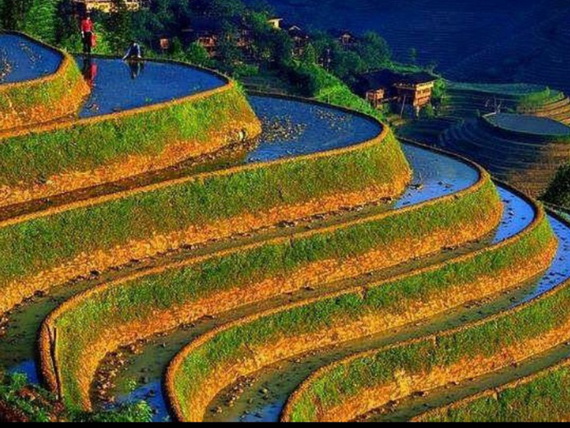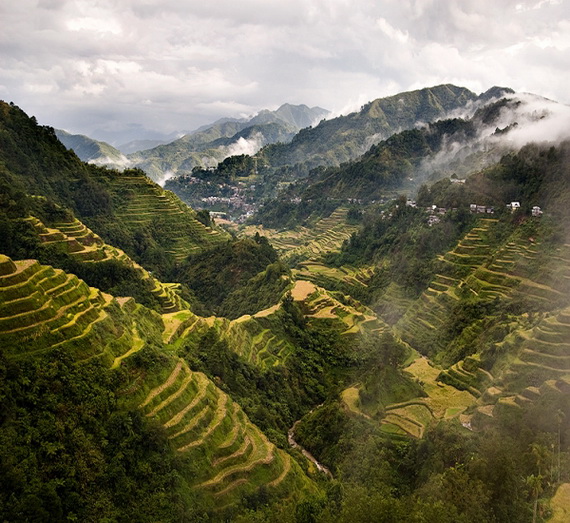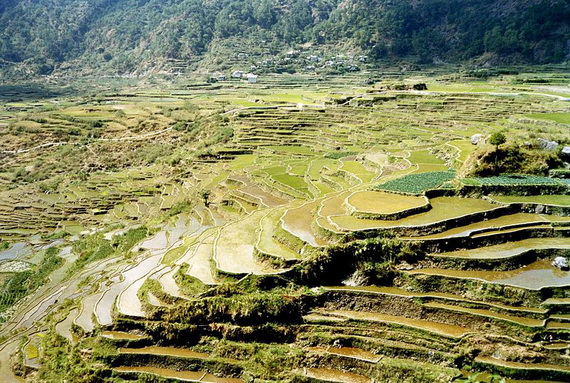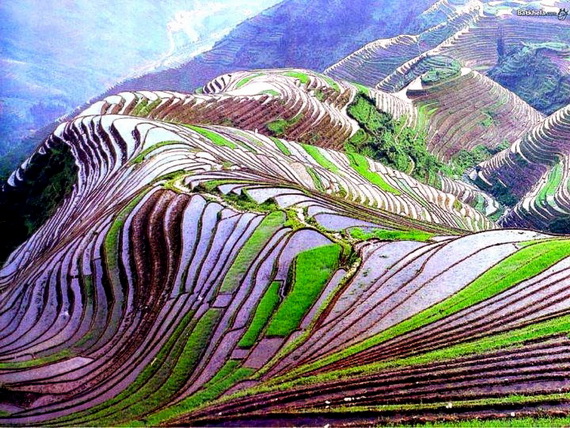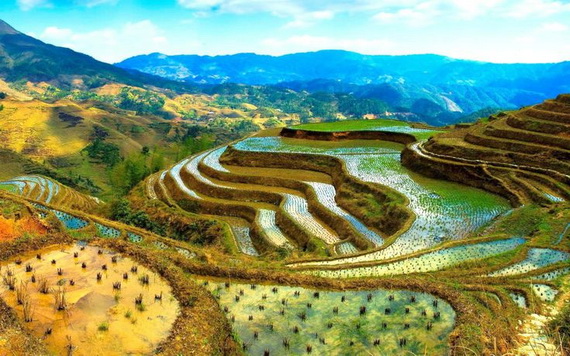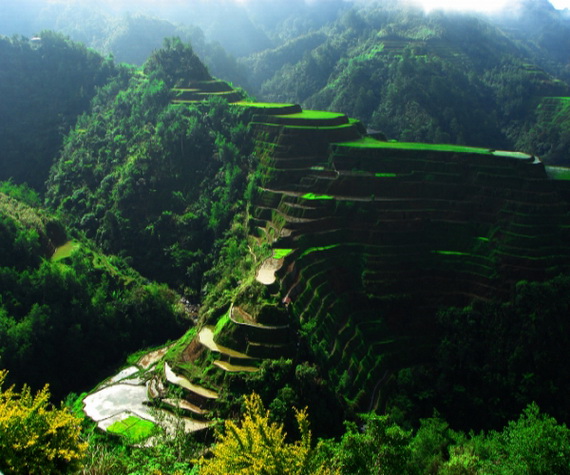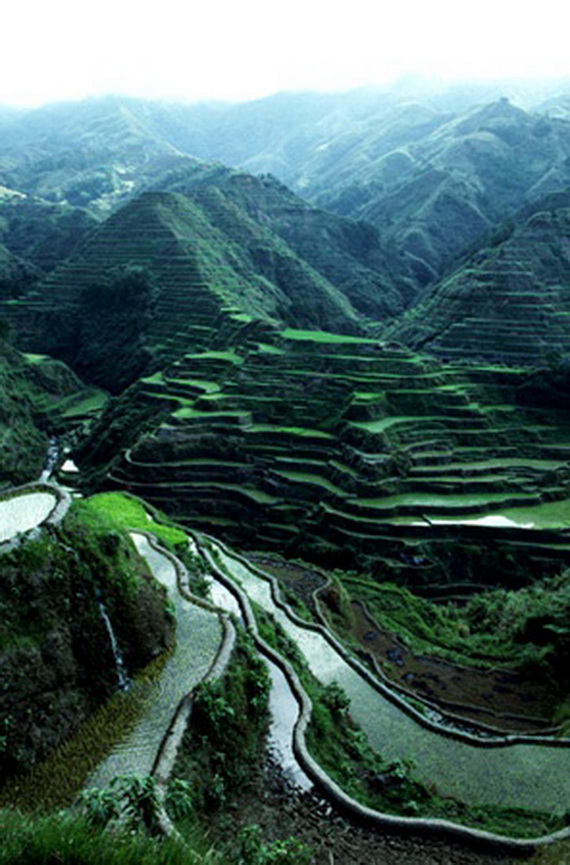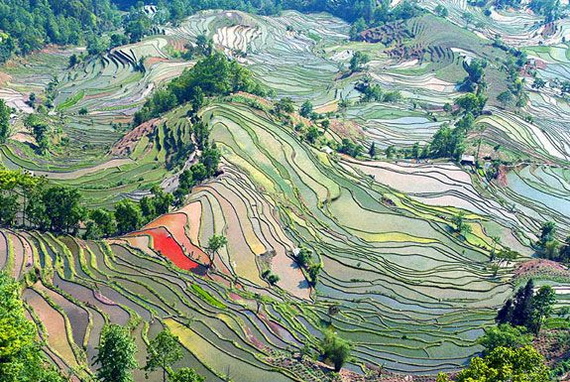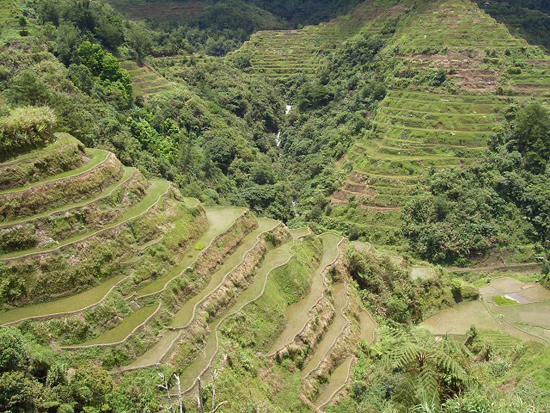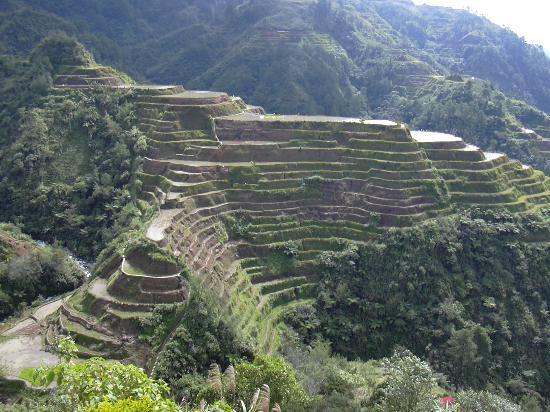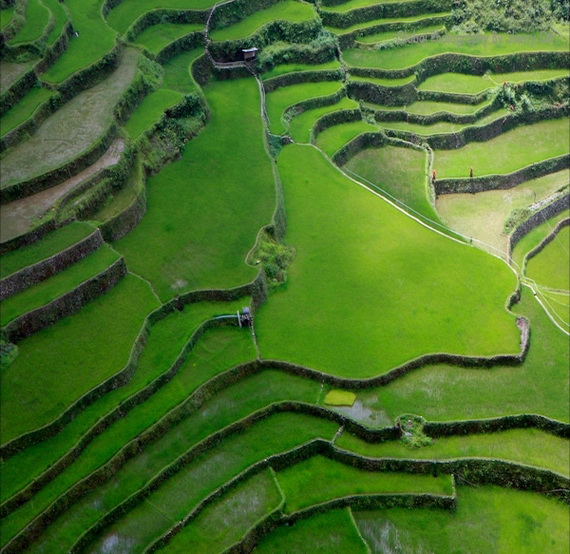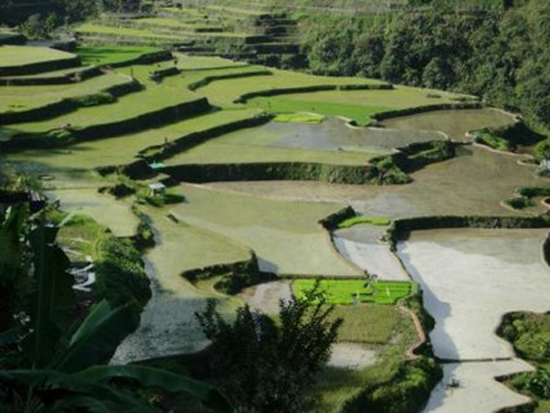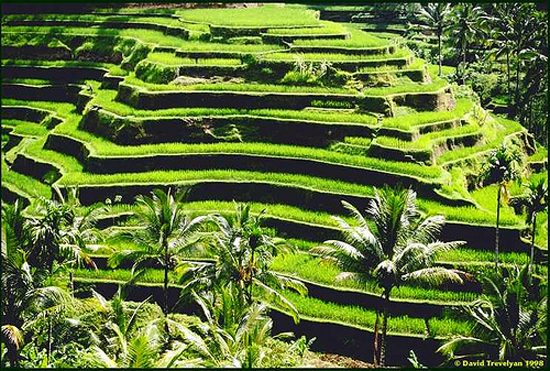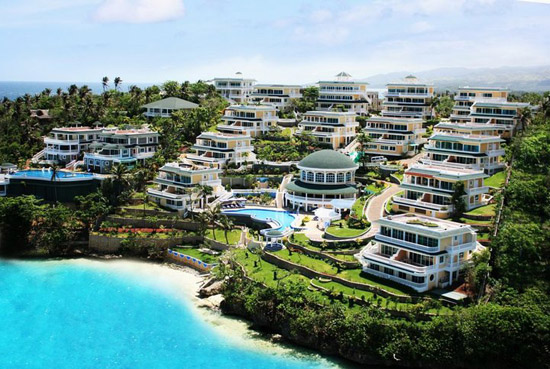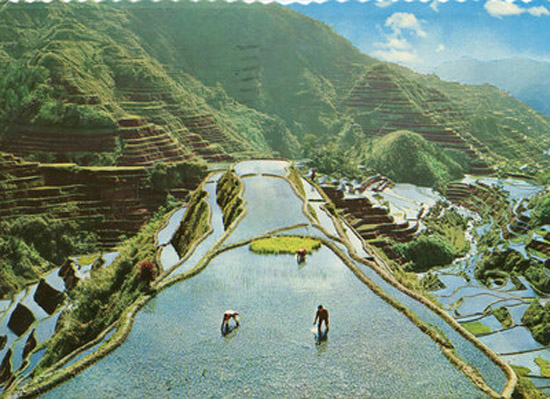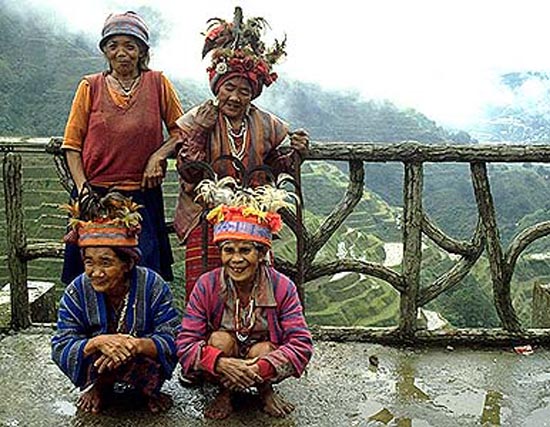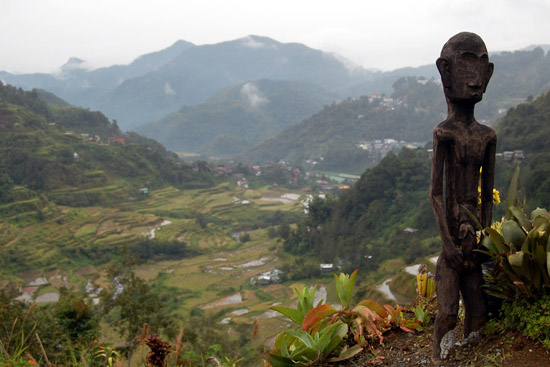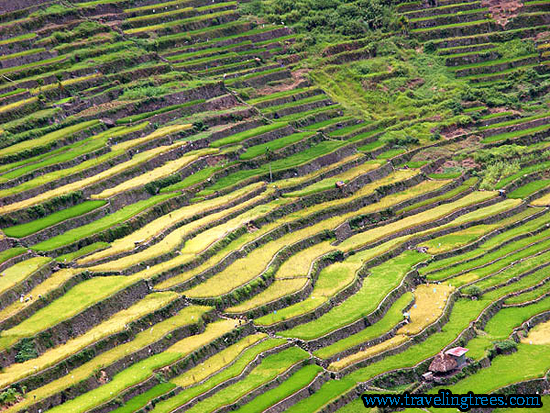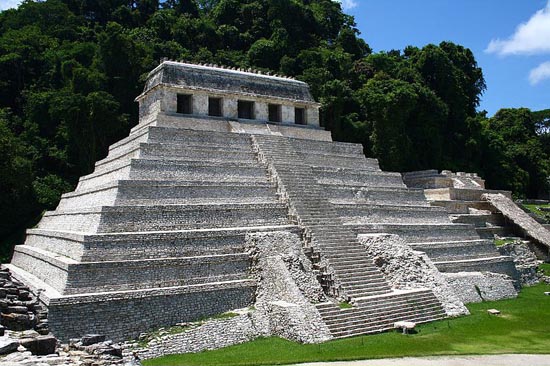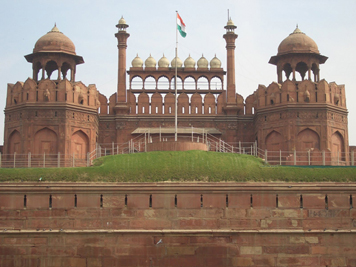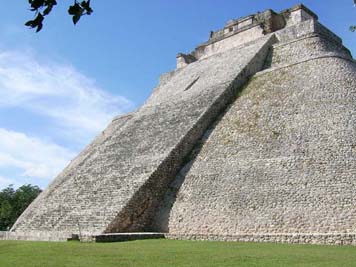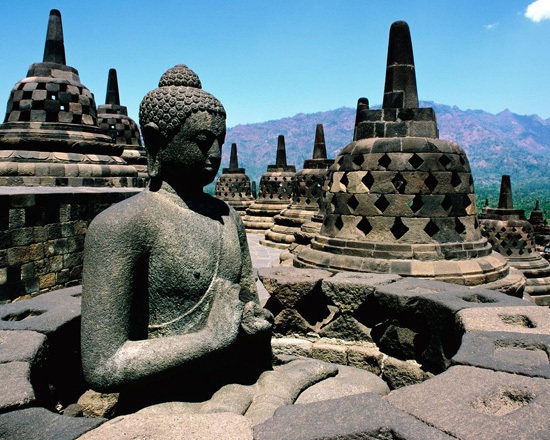Banaue Rice Terraces Have been said to be like the 8th wonder of the world. located on the island of Luzon, in the Philippines where it is the heart of rice-terrace country and one of the great icons of the Philippines.
This natural wonder, is a mind-blowing spot folks often referred to as the “Stairway to Heaven,” attracts travelers with its awe-inspiring landscapes and cultural significance.
A Glimpse into History: The Origins of Banaue Rice Terraces
A feat of ancient engineering
The Ifugao are almost as famous for carving wood as they are for carving earth into green, fuzzy, rice-bearing steps. They were carved from the hillside by the tribe’s people of Ifugao about 2,000-3,000 years ago.
The Ifugao Rice Terraces are the priceless contribution of ancient engineering, displaying an intricate harmony between man and nature. The tribes people did this with their bare hands and crude implements, using primitive tools without using machinery to level the steps.
Sculpting these terraces into the mountainside, created an engineering marvel that continues to thrive today. They plant their rice with an ingenious irrigation system over 2000 years ago, which is what makes this wonder so attractive.
Ifugao terraced fields are not merely a stunning landscape; is an outstanding example of the rich history and cultural heritage of the Ifugao people. The intricate irrigation system, ingeniously designed by ancient Ifugao engineers, has allowed passing it from generation to generation to cultivate rice in this challenging mountainous terrain.
Aside from the fact that the rice terraces are still used today, an achievement in engineering terms that ranks alongside the building of the pyramids. This is considered to be one of the greatest engineering feats of mankind, if laid out end to end, then they would reach 10 times as long as the Great Wall of China, the terraces would stretch 20,000km (that’s halfway around the world) .
Wonders of the Banaue Rice Terraces
Cultural Heritage:
The Banaue Rice Terraces were declared a World Heritage Site by UNESCO in (1995) and is closely tied to the future of the tribes’ people themselves. The Banaue Rice Terraces (as well as the other regional ones) are now facing erosion because of a decline in upkeep. This is the reason why Banaue is also part of UN’s World Heritage Danger’s List.
Even though the Banaue Rice Terraces are a big deal culturally and in nature, they’re dealing with some heavy stuff. We’re talking environmental wear and tear, infrastructure hustle, and the whole tourism scene throwing a curveball. It’s a wake-up call for both visitors and the bigwigs to get that responsible tourism game on point. We gotta keep this mind-blowing mix of culture and nature in the game.
And here’s the kicker – word is, the young guns from Ifugao are ditching the hometown for city lights and better gigs. Times are changing, man.
Trekking Adventures:
Trekking in Ifugao Rice Terraces of The Philippine on foot is more than just sight-seeing and feeling one step closer to heaven but it is to intimate encounter with this natural wonder.
Photographic Splendor:
Photographers flock to capture the the Breathtaking Ifugao Rice Terraces of The Philippine beauty, especially during the golden hours of sunrise and sunset when the sunlight bathes the landscape in warm hues turning those display moments into memories.
Stairway to the Sky
The rice terraces are steppingstones stretching towards the sky, rising like giant steps towards the heavens, the terraces create a mesmerizing visual spectacle. Where some of them reach almost 5,000 feet in altitude and cover about 4,000 square miles of land.
Each level is carefully designed to follow the contours of the mountains, creating a giant stairway that ascends into the clouds. There are many more rice terraces in Asia (in Bali), but these in the Philippine Cordilleras are outstanding because of their altitude (up to 1500 meters) and steep slopes (maximum of 70 degrees).
This unique design of Banaue Rice Terraces, Stairway to Heaven is not only maximizes the use of arable land but also adds to the aesthetic appeal of the landscape.
The Engineering Marvel
Ingenious Irrigation System
The terraces are a marvel of engineering, with an intricate irrigation system and a complex system of dams, sluices, channels, and bamboo pipes. These channels water from the mountaintop forests down to each terrace level to keep whole groups of terraces adequately flooded.
This sustainable water management system not only sustains the rice fields but also contributes to the overall ecological balance of the region.
Experiencing the Beauty
Cultural Immersion
A trip to the Banaue Rice Terraces is well worth the time when visiting the Philippines as it is not just a sightseeing adventure; it’s an immersive cultural experience. Travelers can dive into the real deal by connecting with local communities and soaking up traditions.
You’re talking getting the lowdown on old-school farming tricks, catching ancient rituals that’ve been rocking for generations. It’s like a front-row seat to a cultural extravaganza, giving you a taste of the good stuff that’s been passed down through the ages.
Panoramic Views
The Philippine Rice Terraces offer breathtaking panoramas to movie-like sunsets that captivate the senses. Whether exploring on foot or from, several designated viewpoints where you can pull over and take in the magnificent views that extend as far as the eye can see. The changing seasons, from lush greenery to golden harvest, add to the beautiful images and large natural wonder.
A Journey of Discovery
- Aside from Banaue rice terraces, nearby are 4 others similar Ifugao terraces:
BATAD rice terraces. Also located in Banaue, it is home to the spectacular tiered, amphitheater-shaped terraces. - MAYOYAO rice terraces is similarly situated in Banaue. The organic Ifugao rice called Tinawon, in red and white variety, is harvested here in abundance.
- HAPAO rice terraces. Its stone-walled rice terraces date back to 650 AD and is in Hungduan, where Napulawan terraces can also to be found.
- KIANGAN rice terraces. It is home to two famous rice terraces sites namely: Nagacadan and Julungan, known for their size and visual impact.
It is interesting to know that there is no land ownership around the terraces as such, but only families have the right to till, plant, harvest and maintain their family plots. Once the family ceases to do this, ‘ownership’ of the land passes to another, be it a neighboring farmer or relative of the original ‘owners.
Planning Your Visit
Practical Tips
For those planning a visit to the Banaue Rice Terraces, it’s essential to consider the best times depending on what you’d like to see. The rice terraces may be visited at different times of year to experience the different phases of cultivation.
The best time to go is between February and May end, when it is least likely that the views will be obscured by low level clouds. The rice fields are slightly green since this is the planting season, October, and November the time when it’s fully green and lush and the best time to have the Banaue rice terraces harvest time. The planting season, growing season, and harvest season each offer a unique perspective on the agricultural cycle.
Exploring Ifugao’s Culinary Delights
No visit to the Banaue Rice Terraces is complete without immersing yourself in the flavors of the region.
The area is known for its rich agricultural practices, particularly rice cultivation, and other traditional dishes that highlight this staple crop, you might want to try such as Tinawon Rice, Pinikpikan, Hinalo, Pancit Habhab, Etong, Inasin and Banaue Coffee.
Hotels in the region:
Check availability, maps, photos and reviews before traveling, and book at the guaranteed lowest price.
